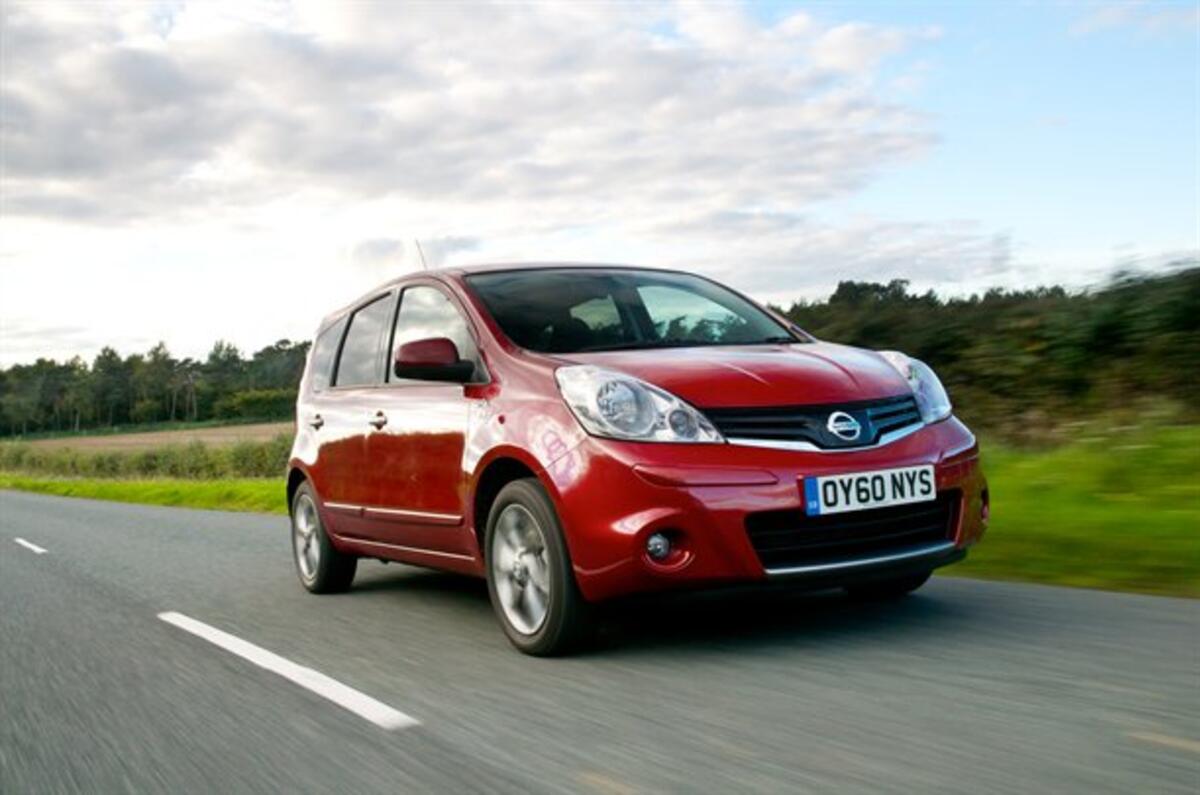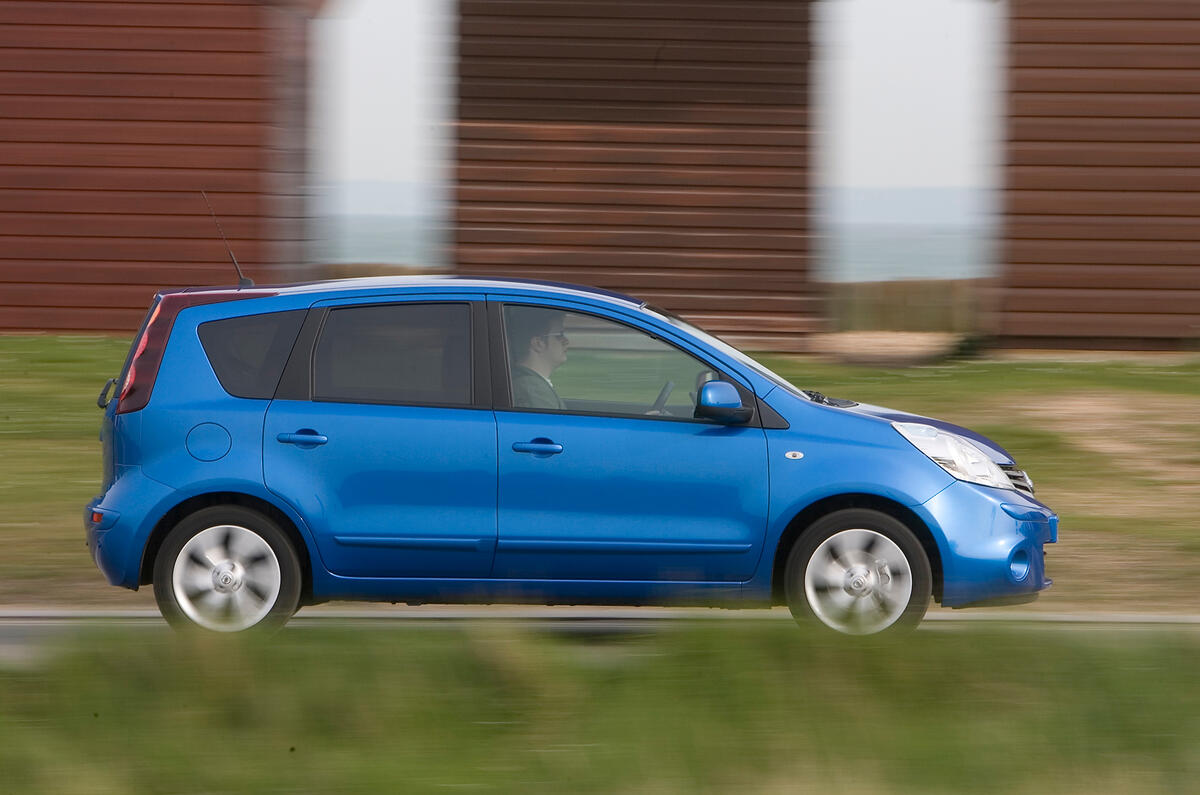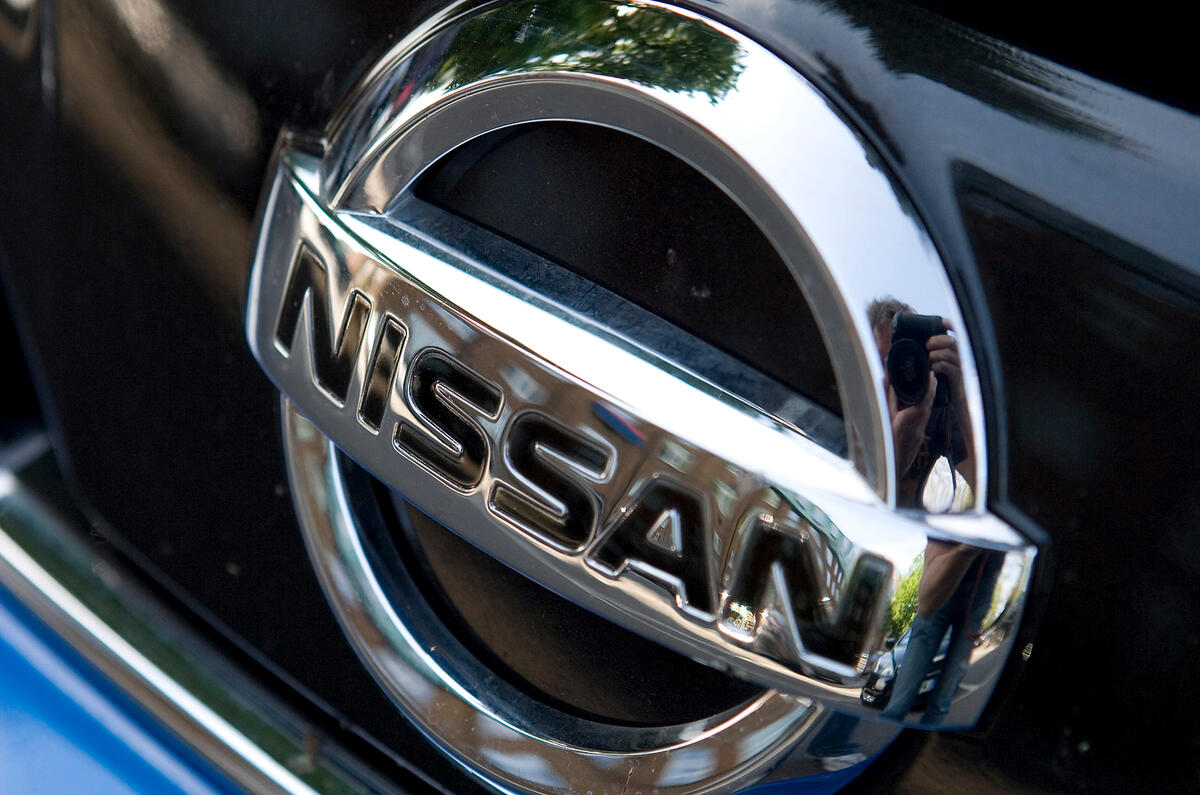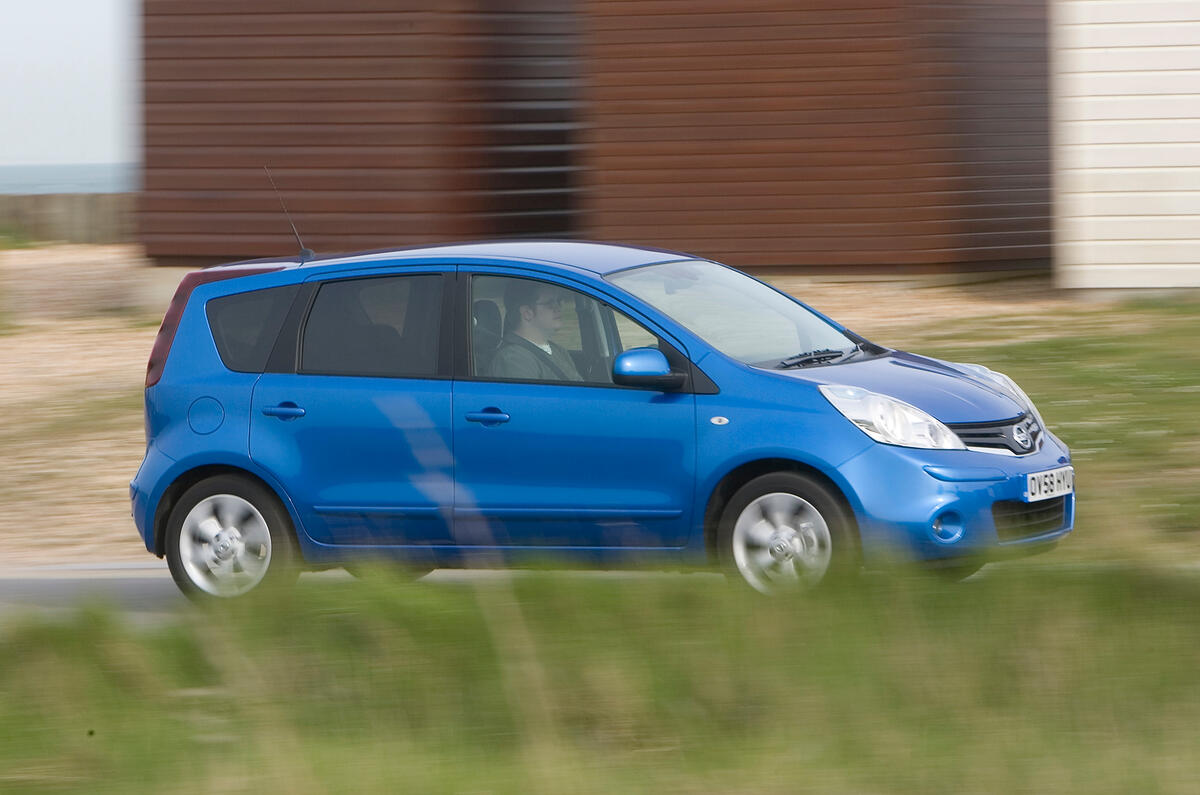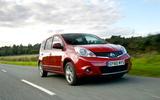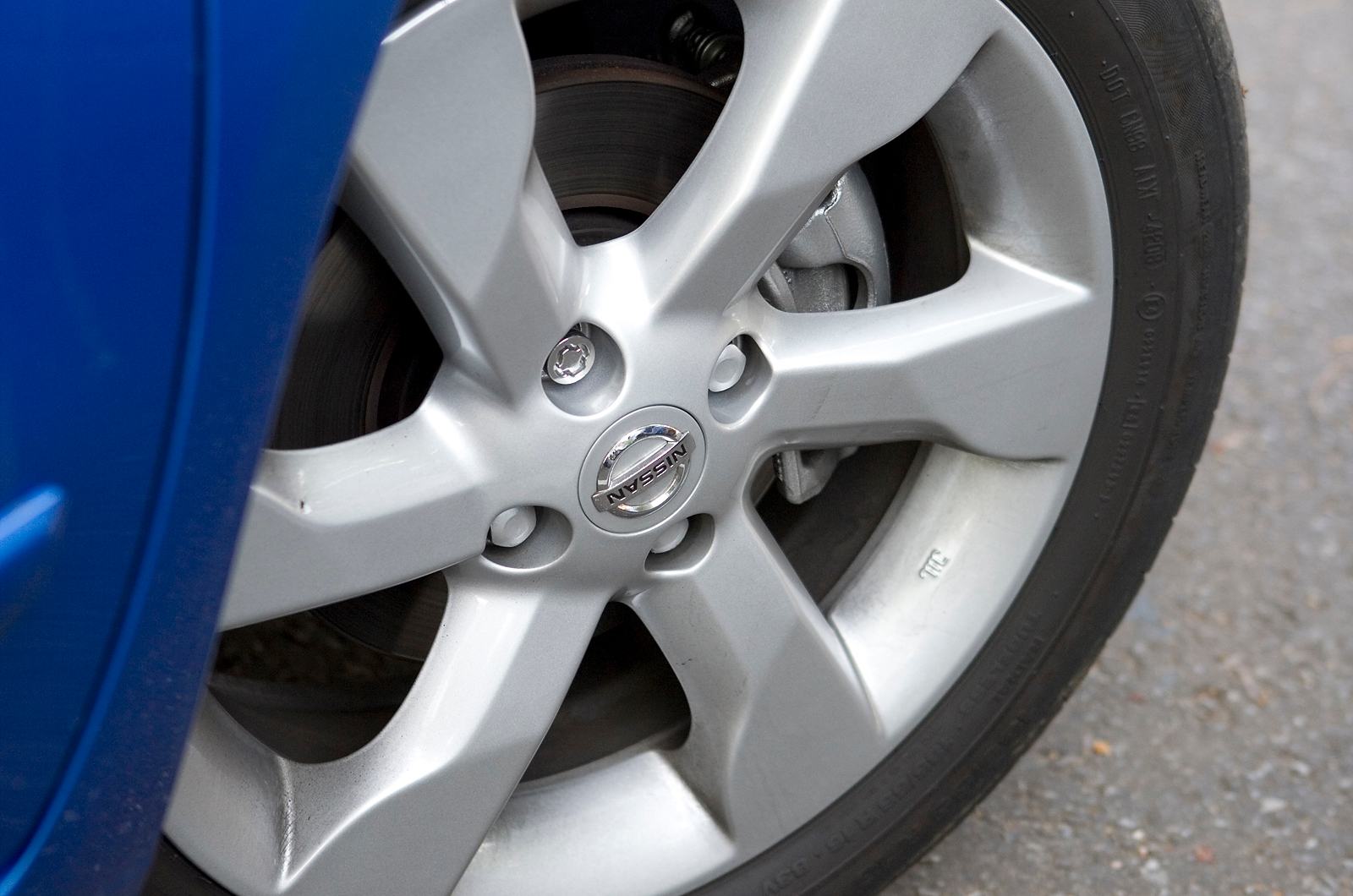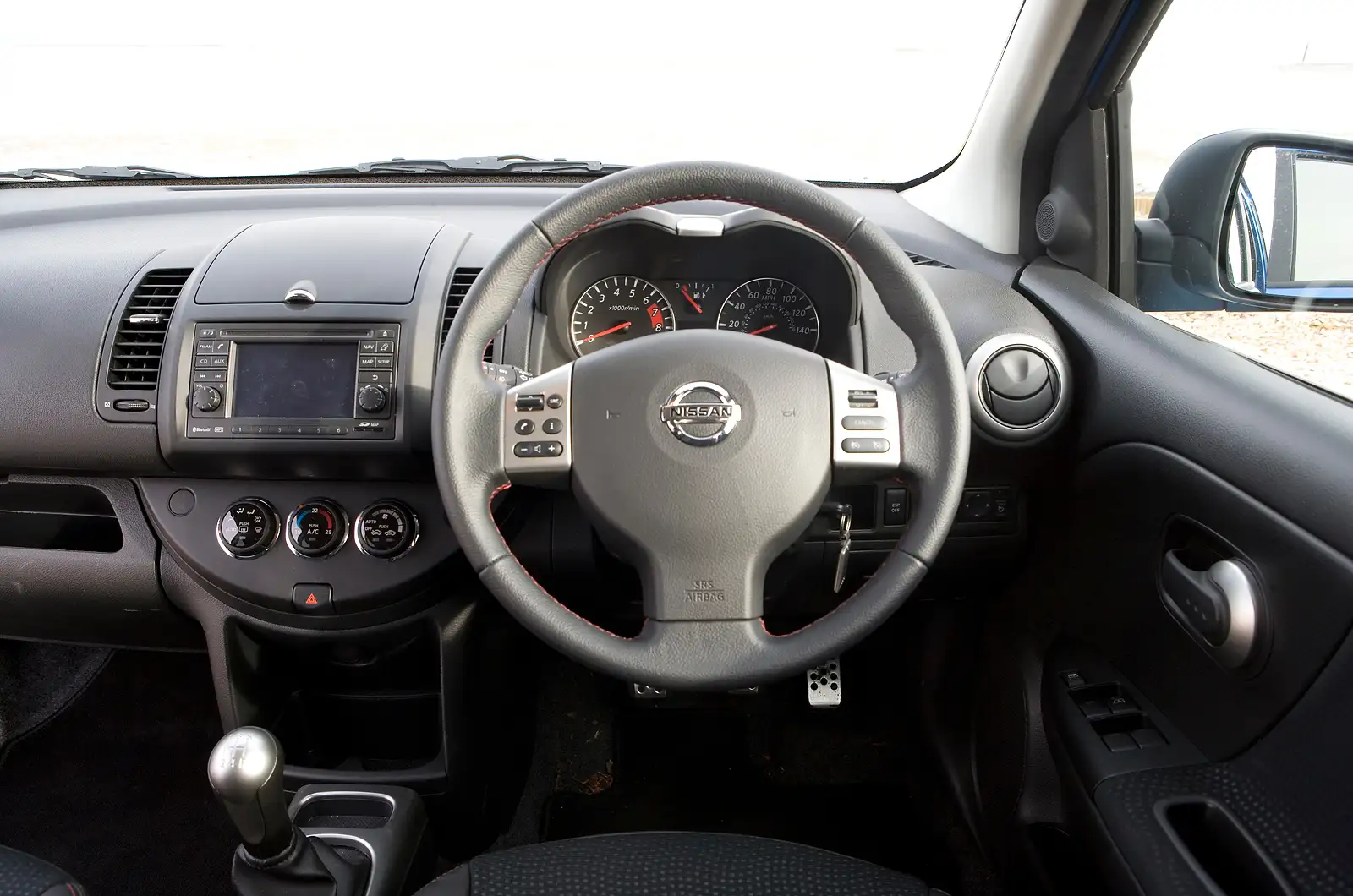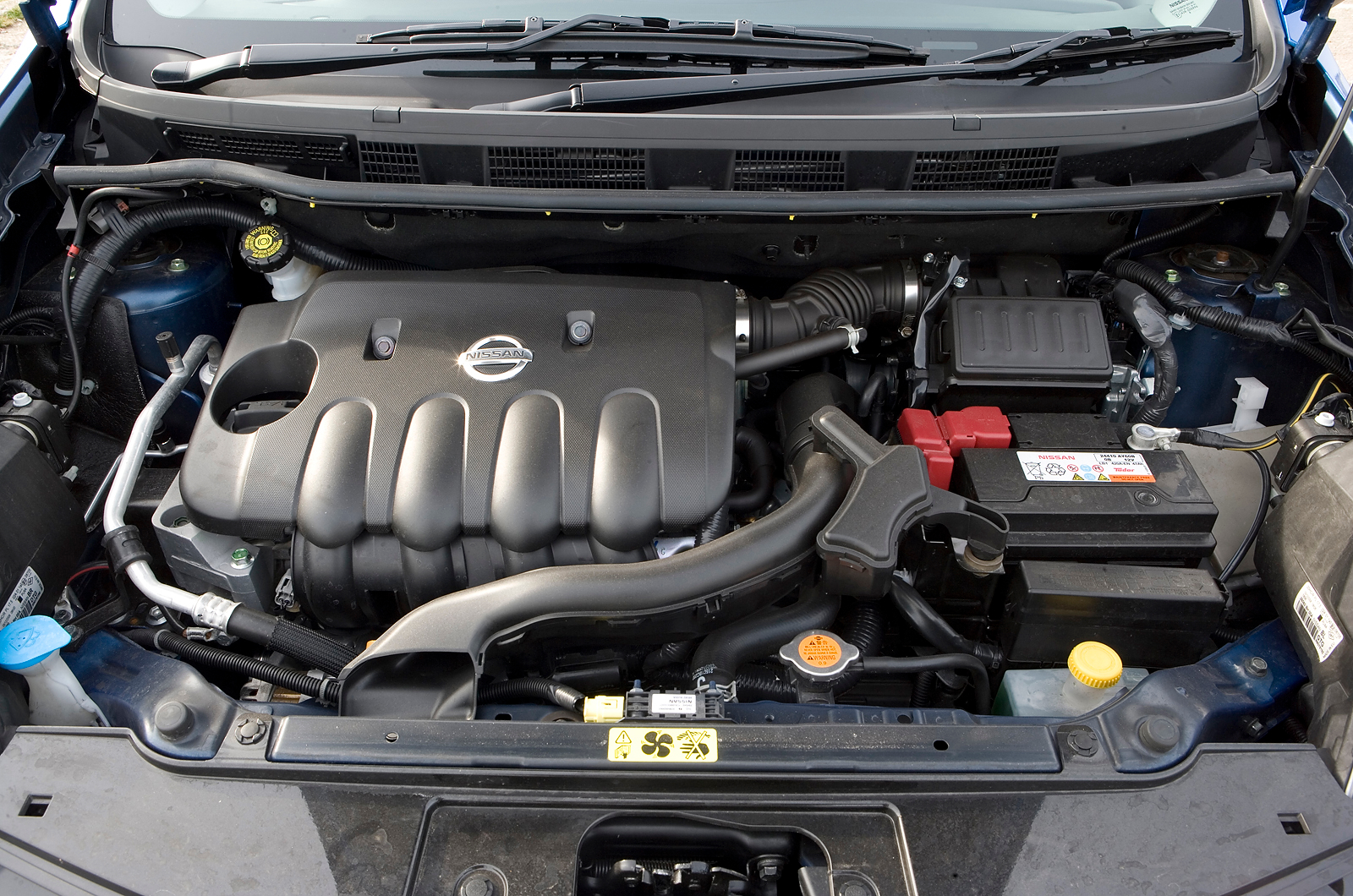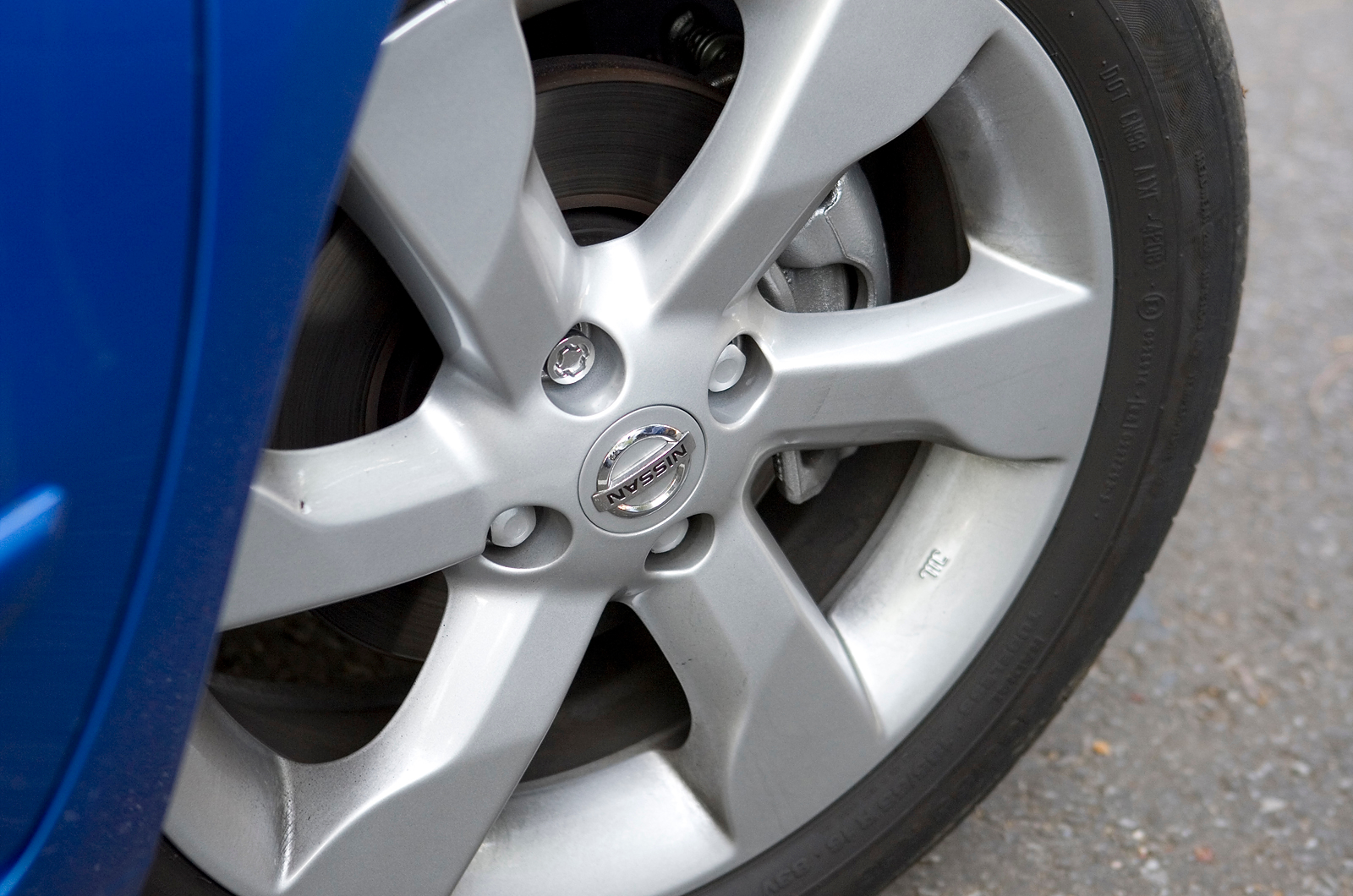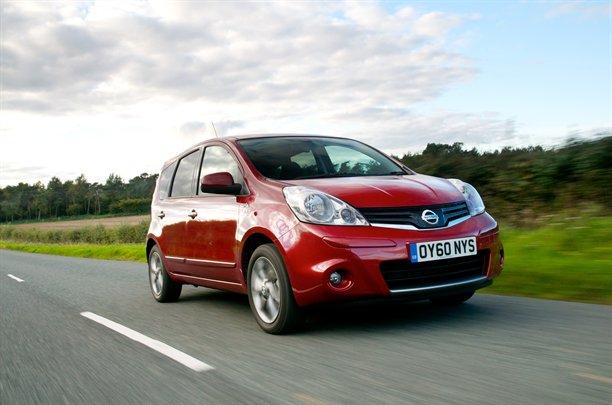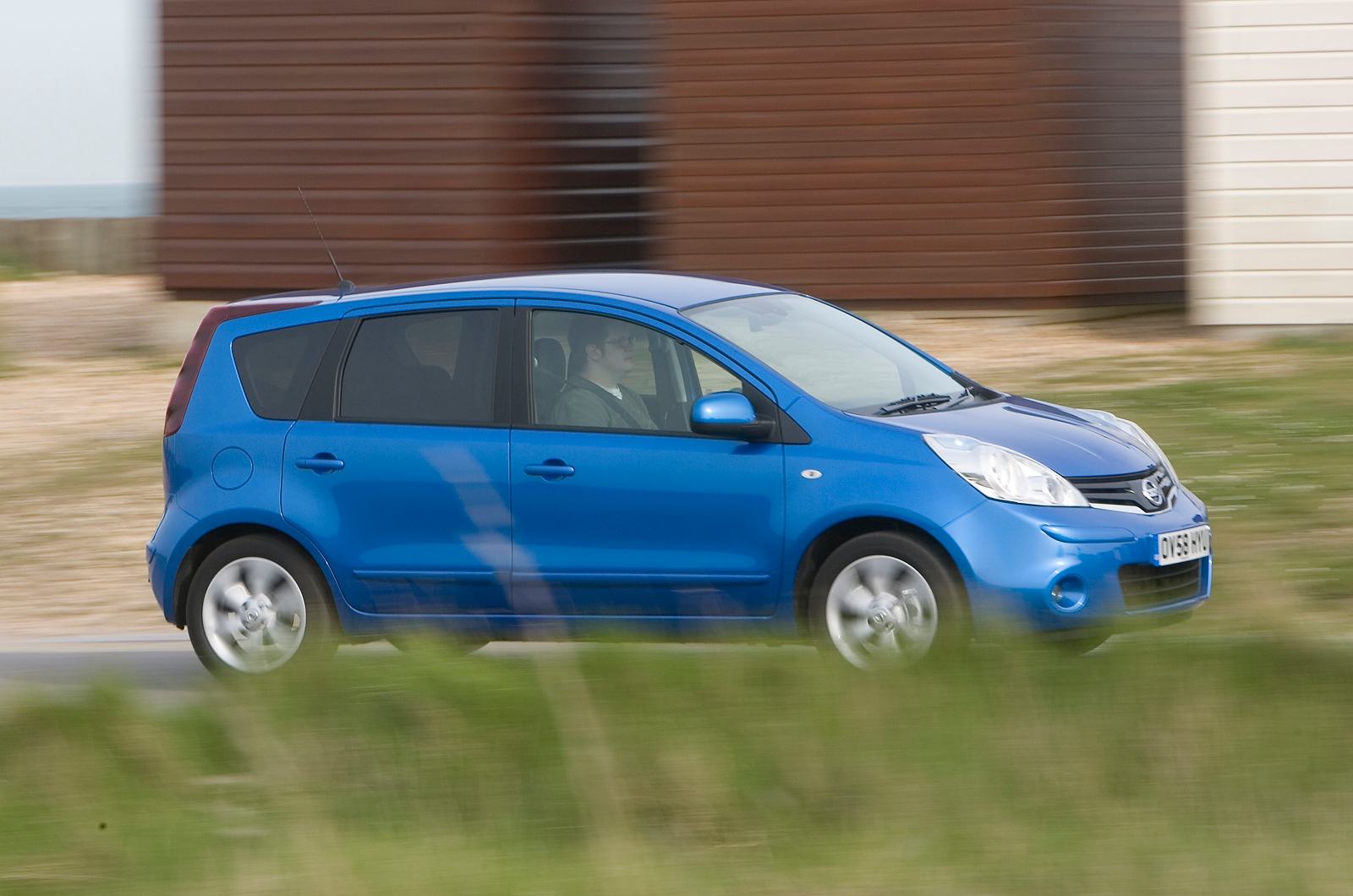The Note, Nissan says, is a B+ segment car which, in layman’s terms, means it competes with a bunch of inflated superminis at inflated supermini prices. There were just two such cars in 1998, but at the time that Nissan launched the Note in 2006, it reckoned there were 12, including the Honda Jazz, Vauxhall Meriva and Renault Modus, with which the Note shares its architecture. Several big-brand additions have since verified Nissan’s decision to invest in the ‘B-MPV’ segment and suggested that there’s even further potential for growth within it, among them the Hyundai ix20, Skoda Roomster and the capacious Citroen C3 Picasso.
The Note has a greater significance for UK buyers because it’s one of three Nissan’s currently build in Britain, at Nissan’s ‘NMUK’ manufacturing facility at Washington, Tyne and Wear, alongside the Qashqai and Juke crossovers.
The Note doesn’t have much in the locker in terms of overall dimensions. At 4080mm long, it’s barely bigger than the latest regular superminis. It is only 50mm longer than the Peugeot 207 and Fiat Punto, and has about 80mm over the Renault Clio. A high roofline makes for significantly better headroom and a more airy cabin than most normal small hatchbacks, however, while some intelligent and flexible interior features, paired with generous oddment storage for passengers and an easily accessed raised driving position, go a long way in justifying prices that are about 10 percent above a like-for-like Nissan Micra or Vauxhall Corsa.


